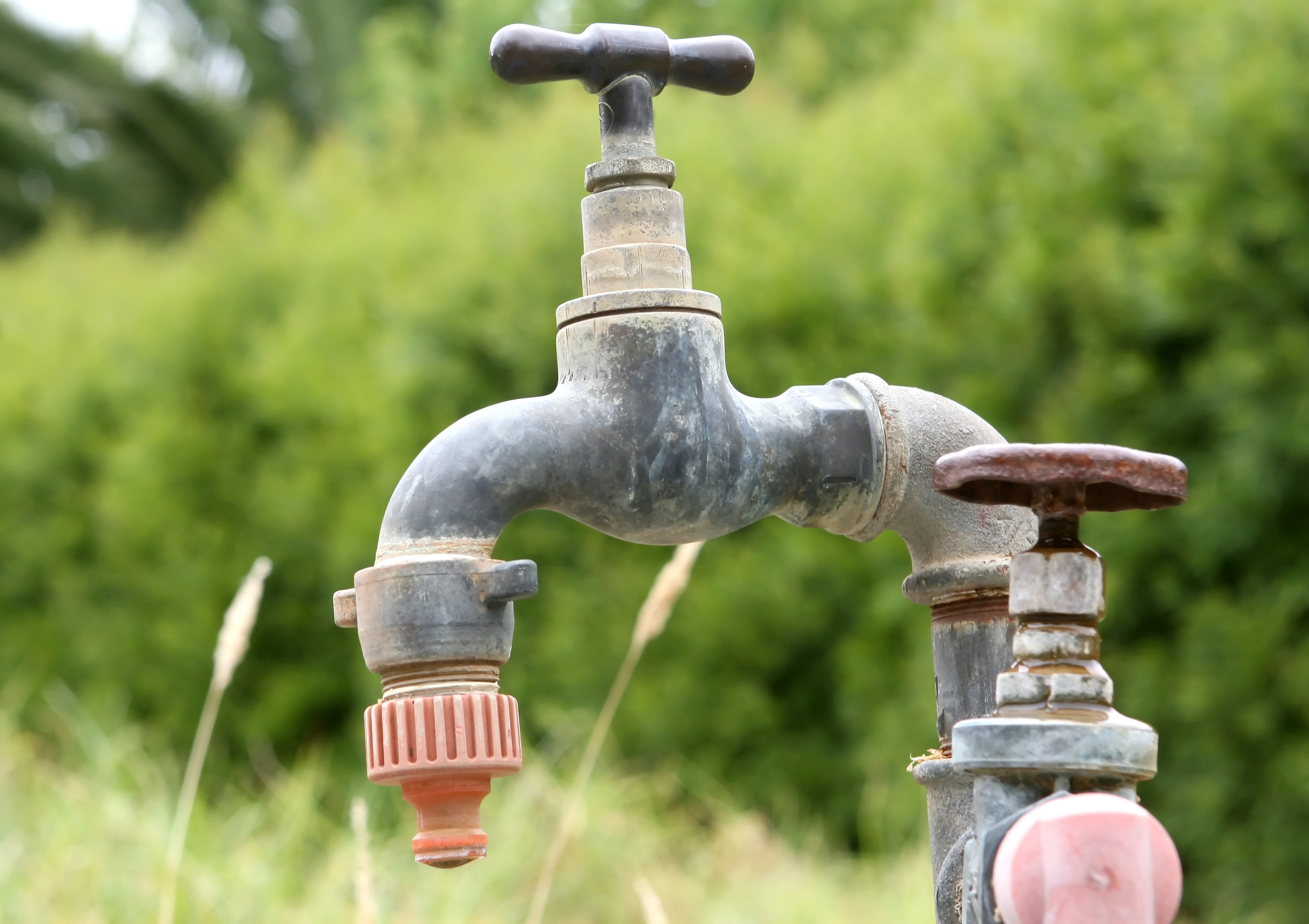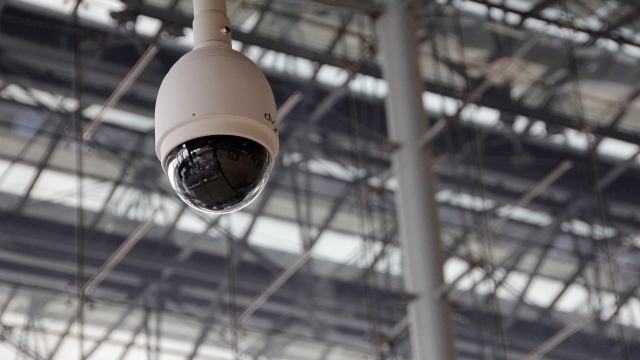
Dive into the World of Pipes: Unraveling the Mysteries of Plumbing

Welcome to the fascinating world of plumbing, where a network of pipes and fixtures work tirelessly behind the scenes to provide us with the essential element of water. From the simple act of turning on a faucet to the complex systems that manage our wastewater, plumbing plays a crucial role in our daily lives. Whether at home, in businesses, or within city infrastructure, plumbing is a cornerstone of modern civilization, enabling us to enjoy comforts and maintain hygiene with convenience.
Venturing into the intricate realm of plumbing unveils a realm where science and craftsmanship intersect. From the meticulous planning of pipe layouts to the skillful installation of fixtures, plumbing requires a blend of technical knowledge and practical expertise. Understanding the principles behind water flow, pressure dynamics, and drainage systems is key to ensuring that our plumbing systems function efficiently and reliably. So, let’s embark on a journey to demystify the realm of pipes and unravel the wonders of plumbing that sustain our modern way of life.
The History of Plumbing
Plumbing has ancient origins, dating back thousands of years to civilizations such as the Indus Valley and ancient Egypt. Early plumbing systems were rudimentary, consisting of clay pipes and channels to transport water and waste. The Romans advanced plumbing technology by creating intricate aqueducts and lead pipes, marking significant progress in the field.
During the Middle Ages, plumbing knowledge was largely lost in Europe, leading to unsanitary conditions in cities. However, the Renaissance brought a renewed focus on hygiene and plumbing, with the development of indoor plumbing systems in wealthy homes and buildings. The Industrial Revolution further revolutionized plumbing with the introduction of mass-produced pipes and fixtures, making indoor plumbing more accessible to the general population.
In the 20th century, innovations in materials and technology led to the widespread adoption of modern plumbing systems. PVC pipes replaced older materials, and innovations such as water heaters and sewage treatment plants improved sanitation and comfort. Today, plumbing plays a critical role in maintaining public health and everyday conveniences, showcasing the evolution and importance of this essential infrastructure.
Types of Plumbing Systems
There are three main types of plumbing systems commonly found in residential and commercial buildings: potable water systems, drainage-waste-vent systems, and gas piping systems.
Potable water systems are responsible for supplying clean, drinkable water to faucets, showers, toilets, and other water fixtures within a building. It is crucial for these systems to be well-maintained to ensure the safety and health of occupants.
Drainage-waste-vent systems, commonly known as DWV systems, are designed to remove waste water and sewage from the building while also venting sewer gases out to prevent unpleasant odors and potential health hazards. Proper installation and maintenance of these systems are essential for the effective disposal of wastewater.
Common Plumbing Issues
Leaky faucets are one of the most common plumbing issues that homeowners encounter. The constant dripping not only wastes water but can also lead to higher water bills over time. It is important to address leaky faucets promptly to prevent further damage.
Black Bathroom Faucet With Swivel Spout
Another prevalent plumbing issue is clogged drains, which can occur in sinks, showers, and toilets. Buildup of debris such as hair, soap scum, and food particles can obstruct the flow of water, causing slow drainage or complete blockages. Regular maintenance and proper disposal of waste can help prevent drain clogs.
Low water pressure is a frustrating plumbing problem that can affect multiple fixtures in the home. It can be caused by various factors such as mineral buildup in pipes, issues with the water supply, or internal plumbing problems. Identifying the source of low water pressure is crucial in resolving this issue effectively.



